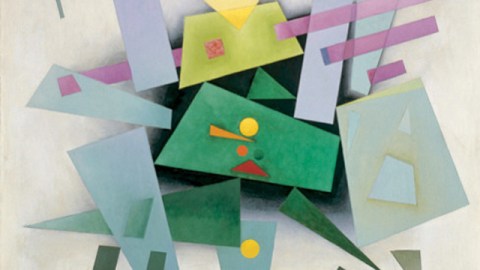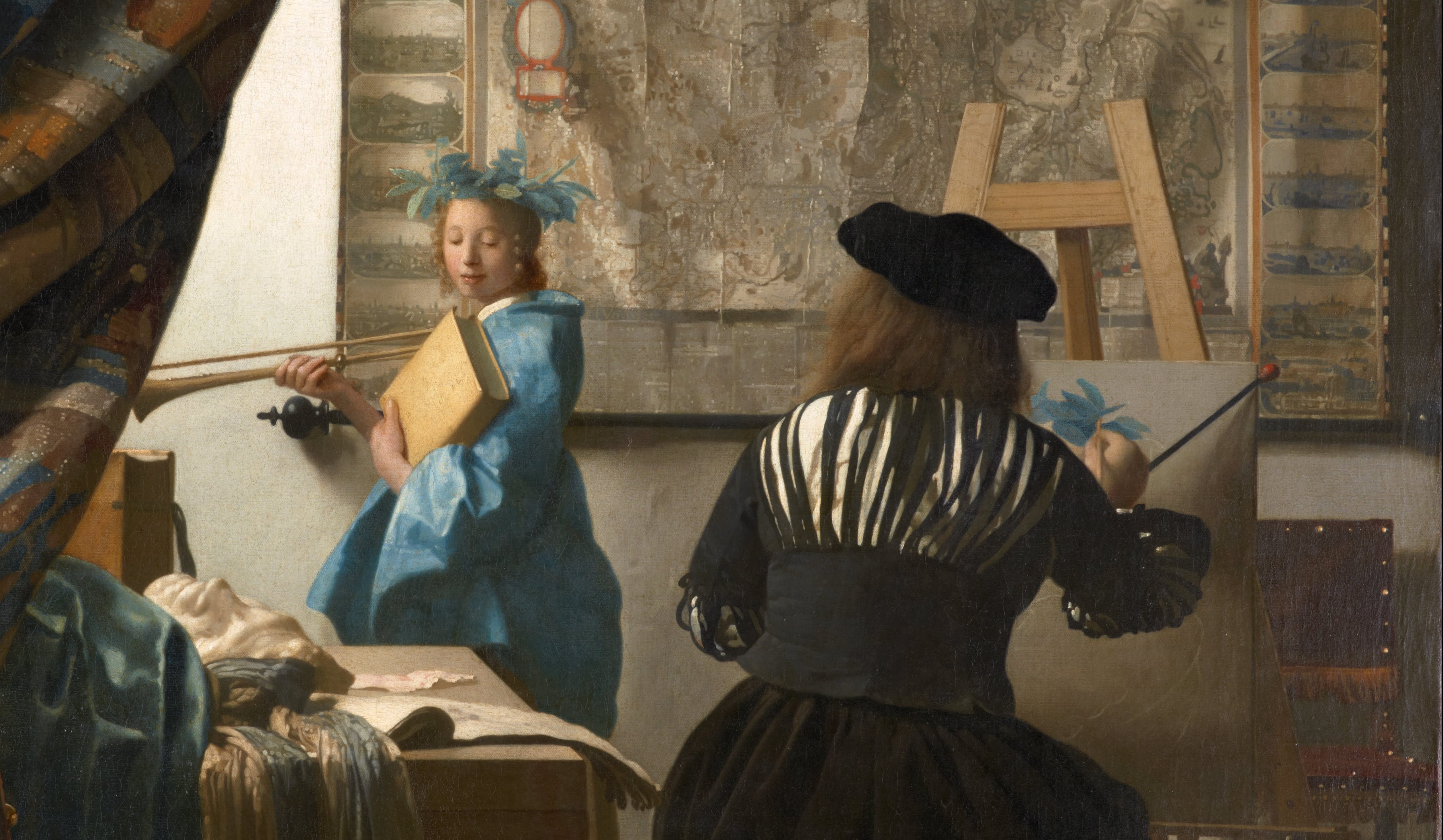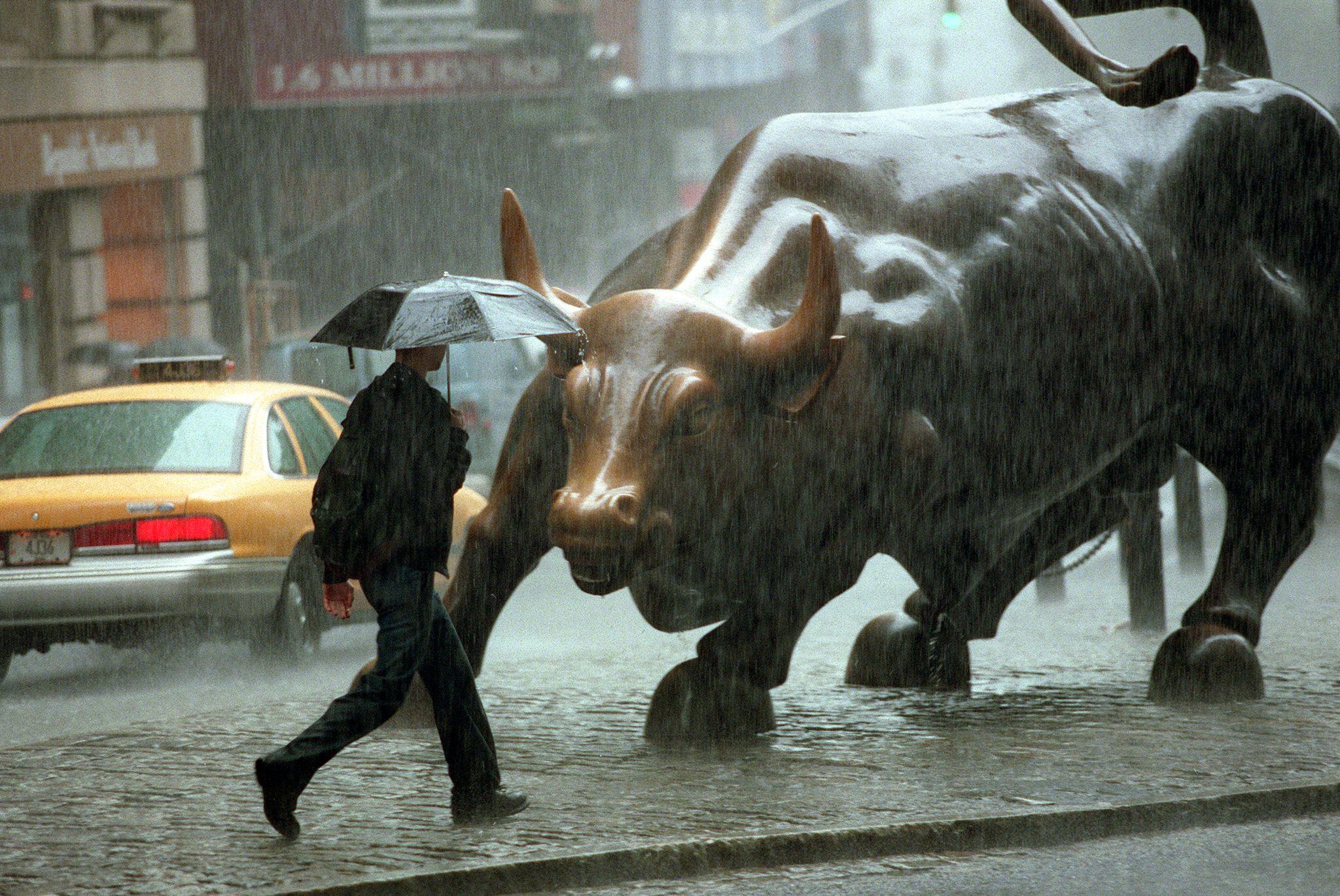Selling Out: Should Museums Sell Art to Survive?

Desperate times call for desperate measures. But what happens when desperate times strike cultural institutions such as museums? The International Committee for Museums and Collections of Modern Art (aka, Cimam) recently restated their opposition to museums taking the “nuclear option” of selling off works of art not to improve their collections but, instead, simply to keep operating financially. Others claim that in today’s lagging global economy we need leaner, meaner museums or risk having no museums at all. At the heart of this great “selling out” rests the question of who decides what is to be sold.
“It is important to restate that a public collection is different from a private collection,” said Manuel Borja-Villel, director of the Reina Sofía museum in Madrid and current president of Cimam. “The public collection has an element of memory—we must respect what colleagues have collected before us.” Decisions on what should be sold and for what purpose must be made by directors and art experts, Borja-Villel stresses, “not by politicians or just managers.” If accounts and agenda-driven politicians begin to influence the winnowing of cultural heritage, Cimam believes, the results could be disastrous. Although it may seem the most obvious and expedient option, especially when public funds are scarce, the price of that expediency is the lost collective memory embedded in the art—a memory often forgotten or misunderstood by the present day and waiting to be recovered or understood in the future.
Amazingly, some voices within the art establishment call for going with this “nuclear option.” British art critic Brian Sewell struck a blow for the sell outs in a recent BBC interview responding to the Cimam statement. “The art world is not sacred,” Sewell declaimed. If the choice is between selling off some art and cutting public services, then Sewell will take selling the art. Ever the critic, Sewell claimed that up to 800 paintings in the National Gallery of London alone “aren’t up to scratch”—just the tip of the iceberg of the vast storehouse of unseen art kept in museums around the world. “Why have a museum full of rubbish?” Sewell concludes.
Of course, one man’s rubbish is another man’s treasure. Aside from the question of just how plentiful the art market would be for critically condemned “rubbish,” there lingers the question of who gets to label and then take out the trash. Politicians of every stripe from Adolf Hitler with his Entartete Kunst display of “degenerate art” to Rudy Giuliani’s with his umbrage over Chris Ofili’s elephant dung portrait of The Virgin Mary have attempted to quell artistic expression through political enforcement of taste. When Cimam singled out the politicians as a group never to be involved in the weeding out process of museums, they had plenty of examples to explain why.
Beyond taste, however, there’s always the question of why some work of art is stuck in the basement. For a while, works of art by African-Americans, women, and other disenfranchised groups never saw the light of day because they “weren’t good enough” based on an often white, male, European standard of excellence. Which pieces of art languish in obscurity today thanks to prejudices or other forms of ignorance that only time will reveal? Can we really pull the trigger confidently knowing that some artist might be cast to the winds of private ownership and never find their way to the recognition that a public collection and serious curatorship and scholarship can bring?
The artist that leaps first in my mind is Rudolf Bauer. Once counted among such modernist greats as Wassily Kandinsky and Paul Klee, Bauer’s art served as the original inspiration for Solomon R. Guggenheim to begin the modern art collection that would one day fill the museum named after him. After a series of misunderstandings and office politics (fully described in the film Betrayal: The Life and Art of Rudolf Bauer), paintings by Bauer such as Invention (Composition 31) (above, from 1933) went from gracing the covers of Guggenheim collection catalogues to the dark basement of the building. Only in the last decade or so have critics pulled this “rubbish” from the trash heap of art history and restored Bauer to his rightful place in the pantheon. If Sewell and others had their way, perhaps another Bauer would never have been rediscovered. They don’t know the answer to that question. Nobody does. Is it our place to take that chance? If reduced museum hours or services is the price to pay to prevent that possibility, perhaps that’s a price we should all be willing to pay.





